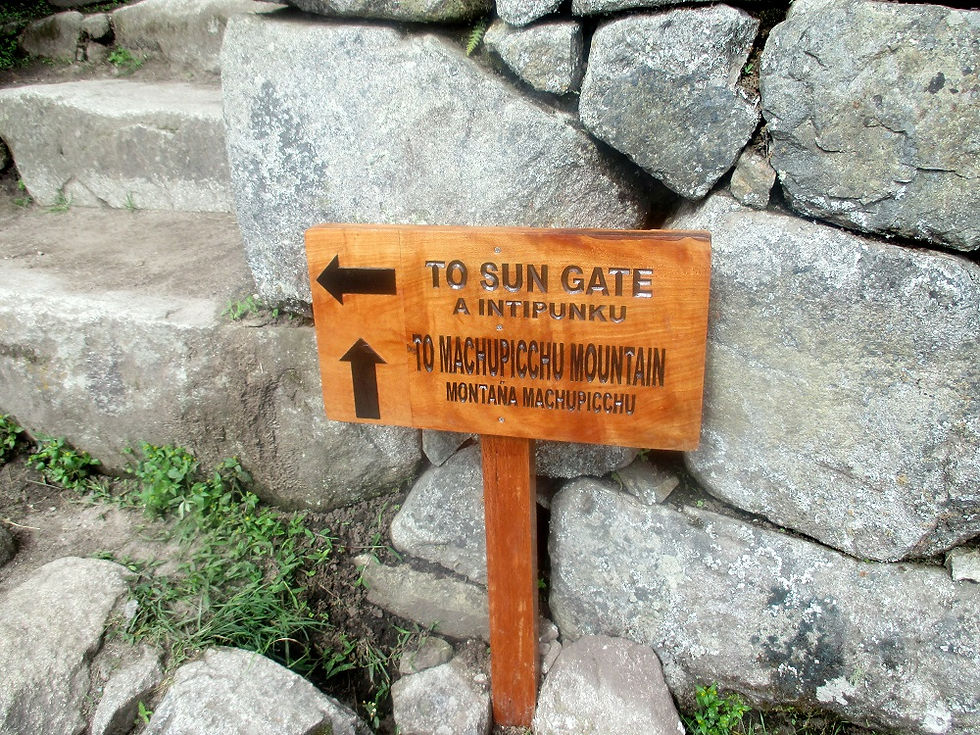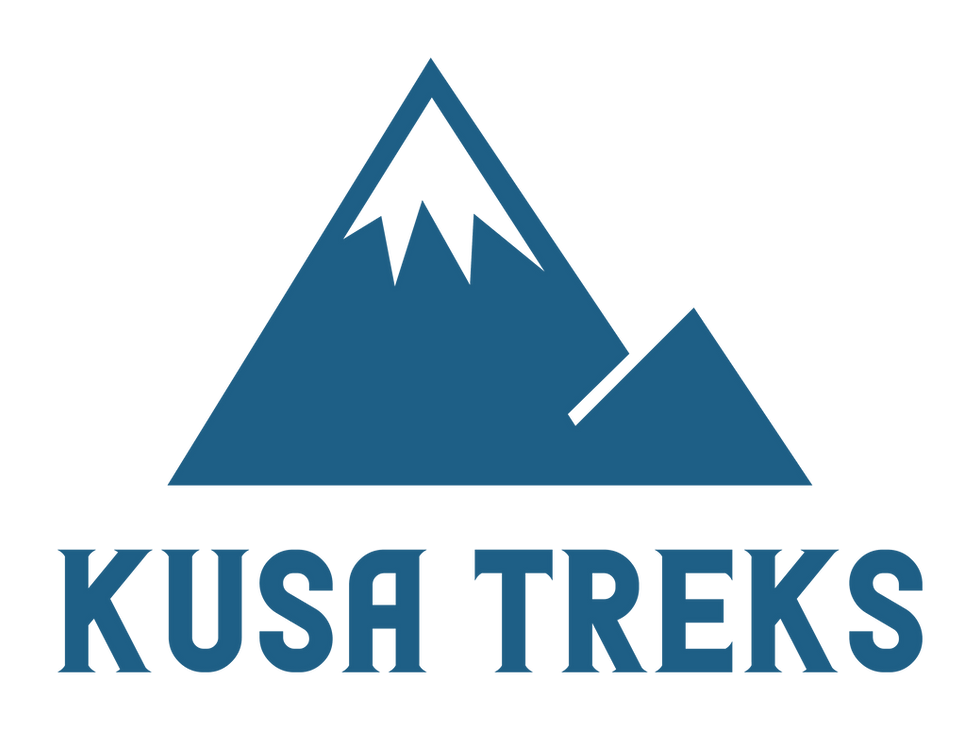Huyana Picchu and Machu Picchu Mountain
- prestonwhill
- Feb 22, 2021
- 3 min read
Updated: Mar 24, 2021
In the Inca language Quechua "Picchu" means mountain and "Machu" means old or ancient. So "Machu Picchu" translates to Old Mountain.

A visit to Machu Picchu
can include hiking to the top of one of the two large mountains that overlook the famous Ancient City.
These mountains are called Montaña Machu Picchu and Huyana Picchu.
Check out the picture above to see where each site is located.
Both hikes are considered moderate to difficult and neither should be done by those with a fear of heights as there are several instances of exposed drop-offs during the hike.
The summit of both heights provide incredible views and vantage points of the famous site of Machu Picchu ruins below.
Huyana (Wayna) Picchu

Wayna (Huyana) is a Quecha word that translates to young, so Huyana Picchu means Young Mountain. The Huyana Picchu hike is the most popular optional trek to do when visiting Machu Picchu.
It is a pointy mountain that rises over Machu Picchu. The Incas built a trail up the side of the Huayna Picchu and built temples and terraces on its top. The peak of Huayna Picchu is 8,835ft / 2,693m above sea level.
According to tradition, the top of the mountain was the residence for the high priest, every morning before sunrise, the high priest would walk to Machu Picchu to signal the coming of the new day. The Temple of the Moon, one of the three major temples in the Machu Picchu area, is nestled on the side of the mountain.
To climb to the top of Huyana Picchu, travelers must navigate a steep, exposed pathway. Some portions are slippery and steel cables provide some support during the one-hour climb. During the wet season (November - April), the ascent is more challenging because the path up the mountain becomes slippery. Better conditions for climbing can be expected during the dry season, which runs from May to September. Allow for 2 - 2.5 hours for this hike.
Montaña Machu Picchu (Machu Picchu Mountain)
Machu Picchu Mountain is an incredible optional trek at Machu Picchu, but is often overlooked. It is located south-west of Machu Picchu and has an elevation of 10,000ft. (3,050m). At its summit Inca priests would perform ancient rituals on special date

throughout the year (winter and summer solstice, etc.).
The hike begins with a fairly wide trail and starts with a gentle include. As the hike progresses the trail becomes narrower and more difficult as the slope increases to a challenging incline. As with the Huyana Picchu hike, this hike can be very difficult to manage during the rainy season (November - April). This hike should not be done by those with a fear of heights.
At the top of hike there is a wardens hut with shelter and seating available. Allow for 2.5 - 3 hours for a roundtrip climb.
Which Hike Should I Do?
Both Huyana Picchu and Machu Picchu Mountain are incredible and provide exceptional views of the ruins at Machu Picchu below. Both hikes also limit daily visitors to 400 people total. Check out this page for more information on starting times. Huyana Picchu is vastly more popular than Machu Picchu because it is shorter and not as difficult as the Machu Picchu Mountain hike. As such the daily 400 permits to hike Huyana Picchu sell out 4+ months in advance. Permits for Machu Picchu Mountain are generally available for reservation 1-2 weeks in advance. As for which hike you should do, the general consensus is that if you are a bit more experienced, in good shape and you are up for a challenge to see an amazing view, go with Machu Picchu Mountain. This hike is also much less crowded. If you want a shorter and relatively easier hike, then Huyana Picchu will be your best bet. You will also have the added bonus of visiting the Temple of Moon halfway through the Huyana Picchu hike.





Comments